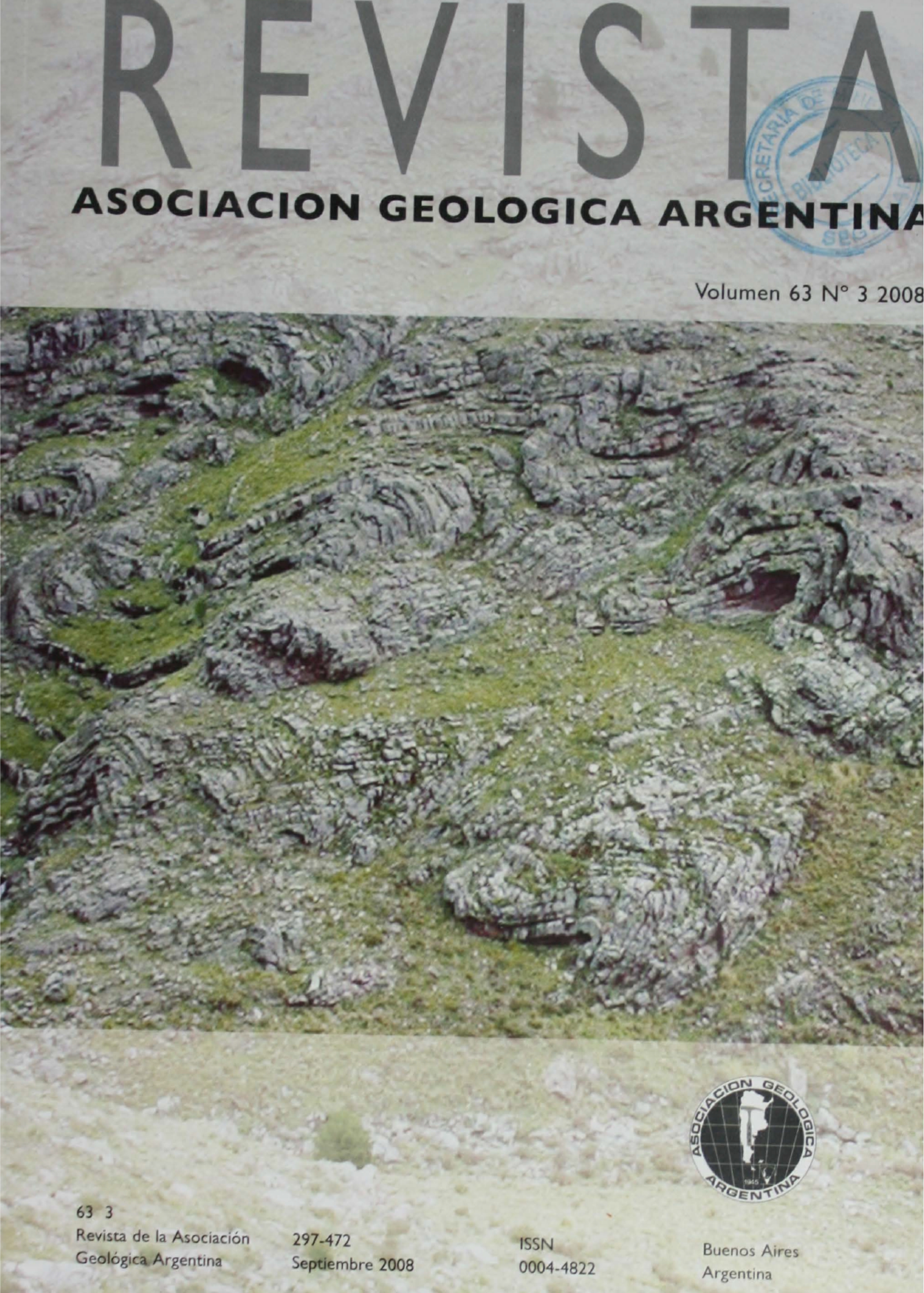Chronology, magnetostratigraphy and biostratigraphic characteristics of the Ensenadense (Lower-Middle Pleistocene) in the city of Buenos Aires
Main Article Content
Abstract
At the paleontological collections of the principal museums of the Argentina, there are numerous remains of fossil mammals coming from the city of Buenos Aires; those exhumed of the Ensenada Formation, there come especially from the "toscas del Río de La Plata". The stratigraphic profiles associated with the fossil records, as well as the magnetostratigraphic ones published from the decade of 1980, were the base for the knowledge of the superficial geology of the city and of their underground. However, these profiles are not strictly comparable since in some cases the authors used different altimetric points (zero reference). We have homologated in this contribution all the altimetric points to facilitate the intercomparison among the different profiles to the zero reference from the Riachuelo standarized level. The correlation among different profiles allowed to determine that: 1) the Ensenada sediments (early-middle Pleistocene), biostratigraphically defined by the presence of fossils such as Mesotherium cristatum, Arctotherium angustidens, Glyptodon munizi and Neosclerocalyptus pseudorntaus, are founded at least from 8 m above the zero of the Riachuelo level until something a few meters below it, 2) the sector of the Ensenada Formation corresponding to the "toscas del Río de La Plata" has probably a late Matuyama (subcron C1r1n) age.
Article Details

This work is licensed under a Creative Commons Attribution-NonCommercial 4.0 International License.
Nota de copyright
Los autores conservan los derechos de autor y garantizan a la revista el derecho de ser la primera publicación del trabajo licenciado según una licencia de atribución Creative Commons que permite a otros compartir el trabajo con el reconocimiento de la autoría y de la publicación en la que se publicó por primera vez.
Declaración de privacidad
Los nombres y direcciones de correo electrónico introducidos en esta revista se usarán exclusivamente para los fines declarados por esta revista y no estarán disponibles para ningún otro propósito u otra persona.

